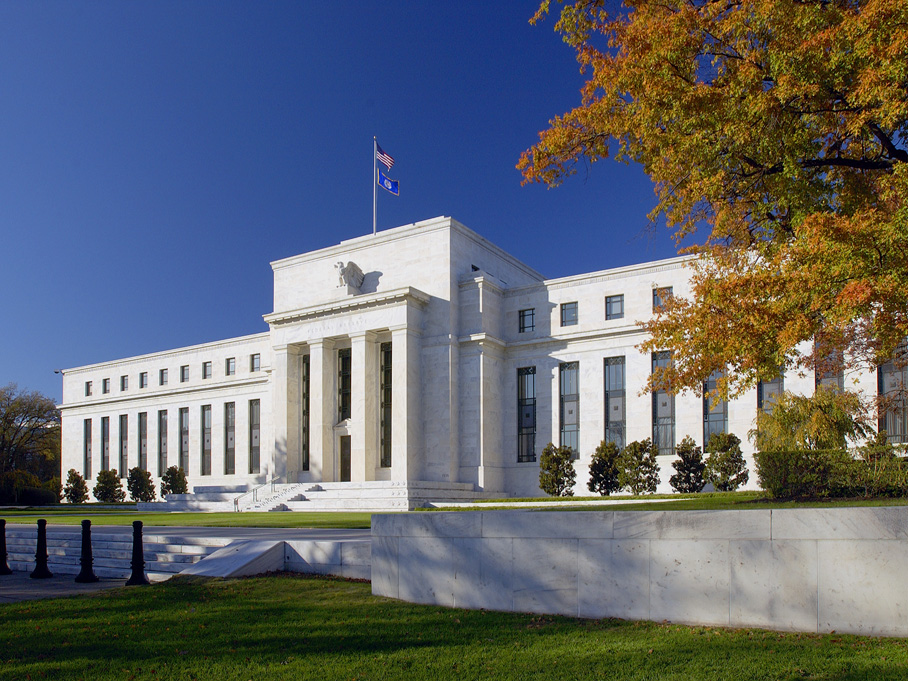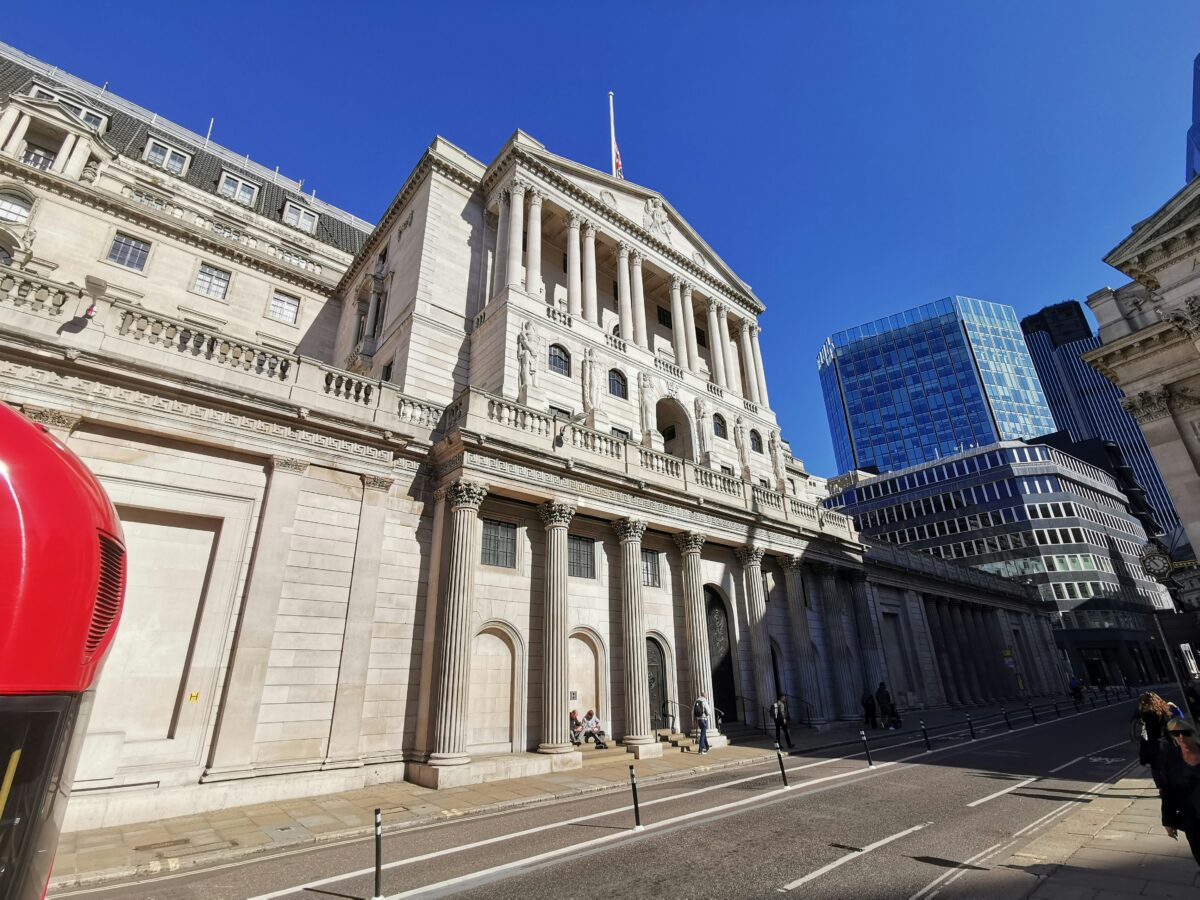Robert Gilhooly, Senior Emerging Markets Economist at abrdn, shares his latest views on the World’s 2nd biggest economy saying:
“China has stepped up with a more aggressive set of policy easing measures. A stronger currency and Fed rate cuts are likely to have helped spur action, as has the acknowledgement that this year’s growth target may not be achieved.
Crucially, the PBOC also appears to have jettisoned its financial stability objections to lower rates, instead opting to protect banks net interest margins (NIMs) via deposit rate cuts. It is now effectively condoning falls in long-dated yields (which its mini ‘reverse operation twist’ had previously attempted to lean against).
Compared to the incremental approach we have become accustomed to – which even saw one key policy rate adjusted by as little as 5bp on one occasion – today’s package is more meaningful, but beating low expectations is a far cry from a package that will conclusively turn around the economy and market sentiment.
The 50bp cut to existing mortgage holders’ borrowing costs is the closest thing we’ve had to a fiscal transfer for households. But other measures to support the property market still appear unlikely to deal with incomplete apartments, which ultimately need someone (local or central government) to bear a substantial fiscal cost. Overall, household spending is likely to remain constrained by the negative wealth effect from falling house prices and a weak labour market.”







